Today I want to look into one of the most essential ingredients in all of Japanese dining. A fixture that is as versatile as it is green, I write of weed. From the sea. Now, just like weeds from land, there are countless varietals of this catch-all term of seaweed, which is nowhere near specific enough to explain how it features in Japanese food.
The way to understand why seaweed is such a prominent part of the island nation’s diet, is that it is an island nation. This has meant the country has an extensive coastline (6th longest in the world) with many perfect places to grow and harvest seaweed. A single article won’t be sufficient to go into all the cultural and culinary significance of this plant, but I’ll start with one of the most popular strands.

Kelp Emperor
It’s hard to answer when exactly seaweed farming began, but there have been references to eating it since at least the 8th Century. The clearest depiction of seaweed’s importance to Japan is preserved in a document from 701 AD called the Taiho Code. This, like other exciting reads of modern times, is a tax code, and explained that certain seaweed cultivations could be used to pay taxes to the Emperor. While not paper currency, it’s definitely paper-like when dried.
Of these medieval seaweed flavours, many are still prized today as dietary staples including Kombu, Wakame, and Nori. Each were once as good as yen in your pocket, yet hopefully tasted better. Let me introduce an all-time favourite of the Japanese consumer…
Dashi
Featuring Kombu and Katsuobushi.
If seaweed were a film genre, Dashi would be a classic buddy comedy. The set features a pairing that is tried and tested: The aforementioned Kombu and Katsuobushi (note that Katsubushi will get its own article next week).
This combines two entities born of the sea to create a sum more powerful than its parts, like Spongebob and Patrick. To get to Dashi, Kombu and Katsuobushi are placed together with the unlisted cast member Water. Dashi is an extremely versatile stock which has made appearances in roles as diverse as okonomiyaki, to takoyaki and ramen. My description of the actual flavour profile for Dashi is Japanese Savoury.
This to me means a slightly meaty, fishy, salty taste that is synonymous with the idea of umami in Japanese dining. There are different intensities of the Dashi background, from delicate to intense, much like how Spongebob’s backdrops range from the mundane (in a Squid’s Easter-Island-Head-house) to the absurd (trapped in a snail’s body).
Kombu
This is the seaweed that can be asked to do anything. An experienced archetype, who has spent lots of time in the sun. Their versatility is their greatest strength, with any old Kombu being able to enhance the depth of your prepared Dashi.
However, those with a trained palate or who read Hidden Japan, will learn that different Kombu will produce different flavours. The expert director will know which Dashi to use them in. These are often determined by where the Kombu hails from and their body shape. For example, if they hail from Osaka, and they are thick and wide, the Kombu actor commands a premium and can find a place in almost all productions. Known as Ma Kombu, this is the most likely variety to be found outside of Japan, and can be used for any of your Kombu needs.
Meanwhile, the thinner, greener Kombu from Tokyo is perceived as less premium and thus receives fewer roles at a lower price, due to their limitations on set. Still, this Tokyoite Hidaka Kombu is broadly popular for its affordable price point in many hotpots and simmered dishes.
The real star hails from an obscure set of islands off the top of Hokkaido. Please welcome Rishiri Kombu! Just like the Matsusaka (for more, check out the link below) and Kobe Beefs, the location of the seaweed already designates its luxury status.
While I have yet to understand the sheer subtlety and complexity that this seaweed brings out, I’m told that the broth that comes from using Rishiri Kombu is “especially clear” and has “no particular taste”. Perhaps I have tried Rishiri Kombu and not even realised. All I know is that foreign retailers sell this for over $200 USD per kilo, matching the price of many other sorts of weed.
However, all this celebrity has gone to Kombu’s head. In my home country of Australia, people have been deprived of Kombu ever since its last appearance in 2010. This rascal seaweed is on a permanent ban from entering the nation due to it containing controlled substances on their person. Featuring inorganic arsenic and iodine, Kombu has not been allowed to cross Australian borders for 14 years. This has forced those domestic chefs and Japanophiles to both complain, and to try find alternatives to the kelp in their time of need. Hint, people suggest using fish sauce.
Disclaimer- I don’t know what quantity of kombu is appropriate for consumption. It does contain high levels of iodine. Research has been done to show that this iodine level drops by 99% (a lot) during boiling. This is not medical advice on how much to eat, especially since the next section will discuss how Kombu can be eaten somewhat raw.
The Shio Component
If you came in here thinking Kombu was only used for soups, then you haven’t been paying attention. In fact, Kombu has taken on many permutations in its life. Perhaps the most famous is its stint as a sweeter, less sea-like style known as Shio Kombu. This is Kombu after spending too much time with their pals Soy Sauce, Mirin and Sugar.
Shio Kombu was the fancy foreign “it ingredient” for a few years, due to its blend of sweet, salty and umami. During its peak popularity, just a sprinkle of shio kombu was enough to make a dish become modern fusion. It’s unsurprising that this iteration of kombu was the one to make it as a furikake-like substance (Note that Furikake is from a separate seaweed entirely—Nori—and will be addressed in a later post. The seaweed rabbit hole has no end). There are recipes for using it in the most basic settings (atop white rice), all the way to using it in barbeque dry rubs and sprinkled on popcorn. Importantly, this ingredient is much dryer and easier to use, as long as you’re not the one making it. It is this simple sprinkling that allows Shio Kombu to be a mainstay of high fashion dining. This is the actual one simple trick that can elevate your dish from tasty to eating expert.
Hopefully you enjoyed this deep dive to finding the kelp of your dreams. Perhaps with this article, kombu will become as popular as kombucha. Featured next week in Hidden Japan is Kombu’s costar Katsuobushi. Following issues of the Seaweed Times will continue interspersed with other notes on life in Japan. If at all interested, consider subscribing!



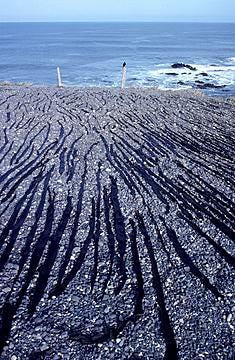
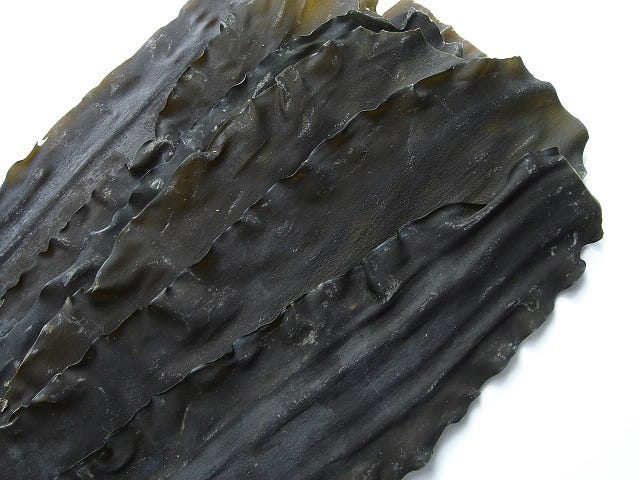
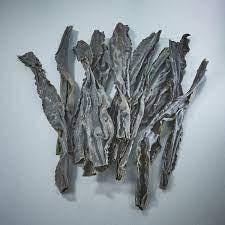

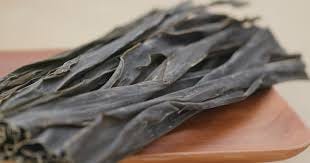
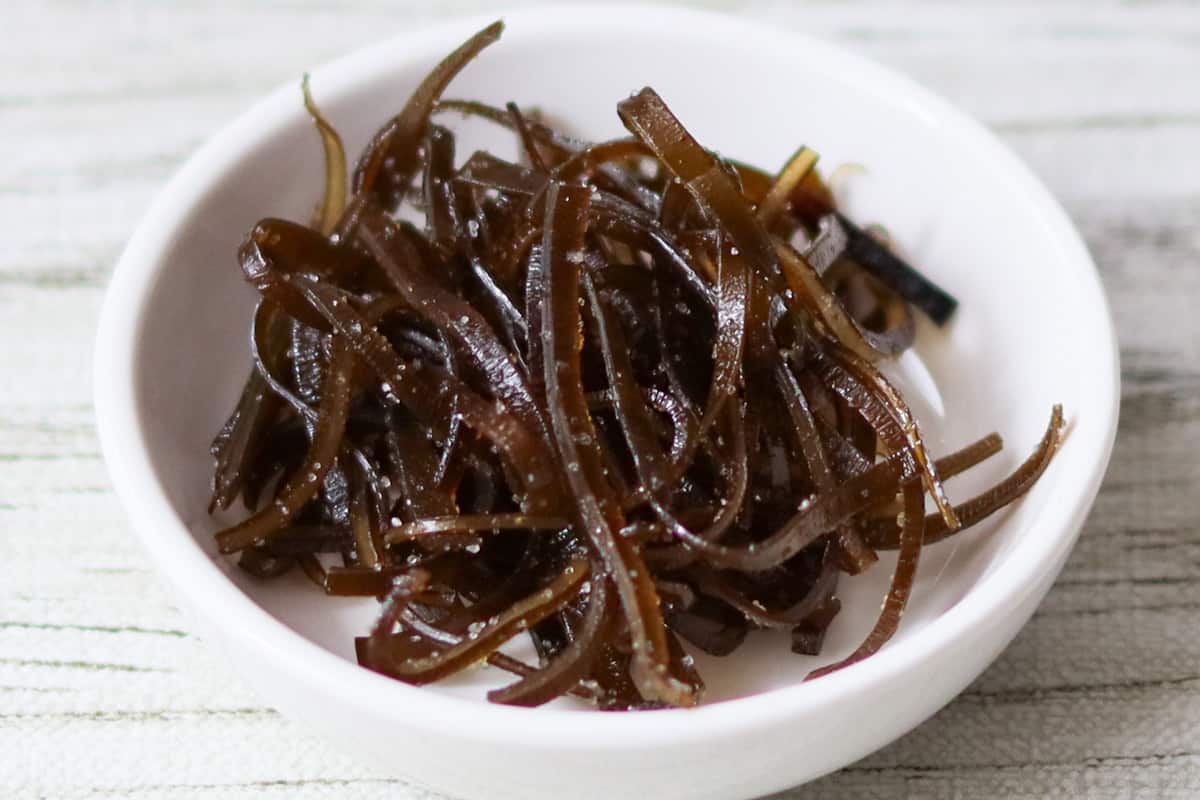
I had not heard of Australia’s ban on kombu imports, although California requires similar warning labels on another seaweed, hijiki. Given the amounts of these vegetables that are consumed in Japan I doubt they are any real health danger. Also I think it would have been useful to mention that in Japan kombucha is a drink of actual kombu with a delicate flavor, but now in America at least, the kombucha name has been appropriated for a very different sour drink that contains no actual kombu.